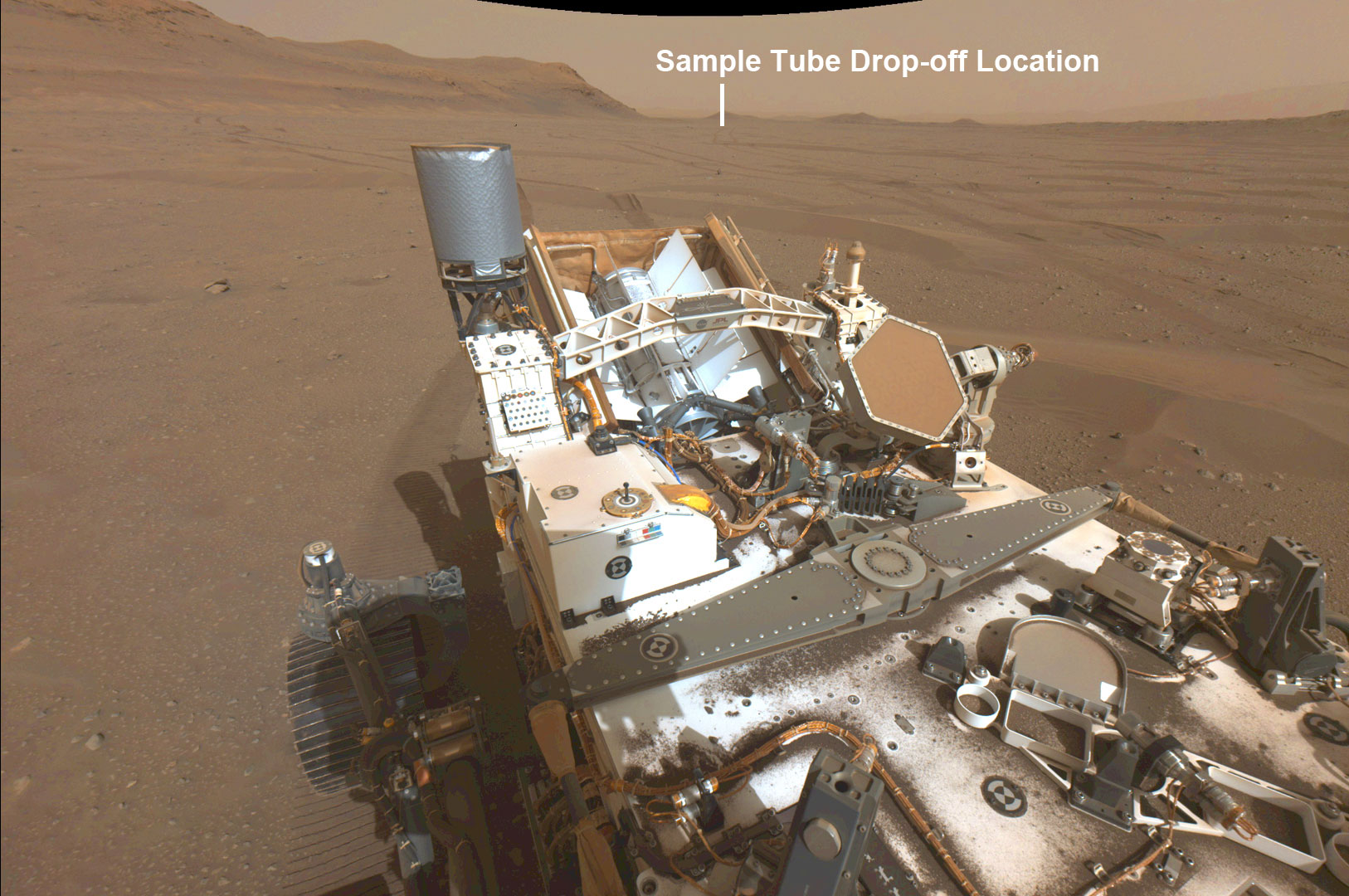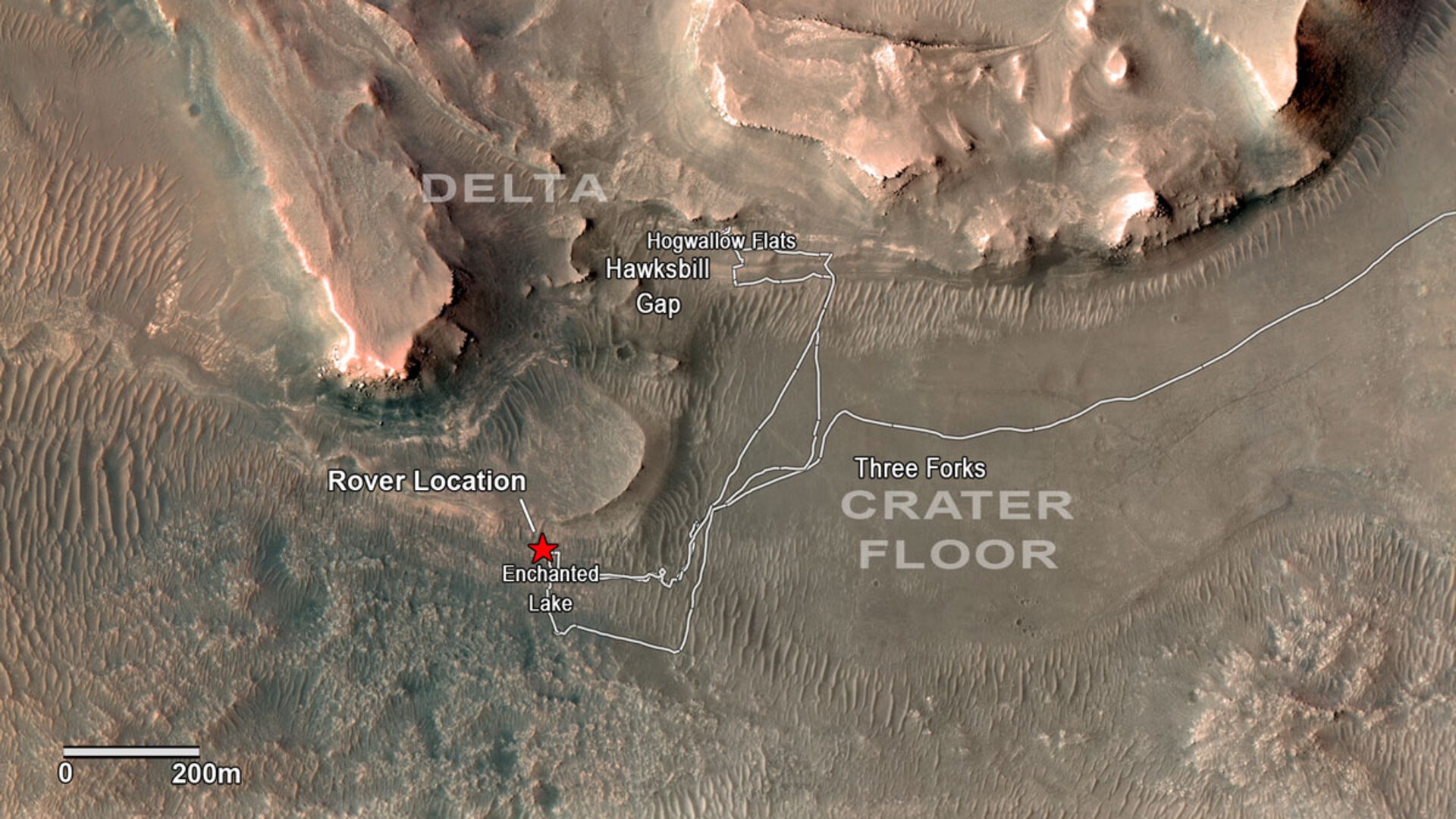The goal of the NASA Perseverance rover is not only to explore the Red Planet for scientific discoveries and search for evidence of the existence of life in the past, the rover also paves the way for future missions that intend to return the samples it collected to Earth. This complex plan involves sending a spacecraft, a lander and two Martian helicopters that will collect samples from the surface of Mars to deliver them into orbit with the aim of returning to Earth. Perseverance started the process: it began to leave the collected samples in sealed test tubes on the surface for further missions.

NASA and the European Space Agency (ESA) have announced that they have already selected the first samples that will be placed on the surface for subsequent sampling by the next missions. The samples include both igneous and sedimentary rocks collected during the rover’s 13-kilometer journey through the Jezero crater.
“Never before has a collection of samples from another planet been collected to return to Earth,” said Thomas Zurbuchen, associate administrator for science at NASA headquarters.

10 of the 14 samples collected by Perseverance will be placed in the area of the Jezero crater called Three Forks. This region was chosen because it is relatively flat and has no obstacles, such as large boulders, which can cause problems when landing future aircraft to collect sample containers.
The Jezero crater is the site of an ancient dried-up lake, and scientists believe that there could once have been life in it. To find out more about whether life could really have succeeded on ancient Mars, scientists need to deliver samples to terrestrial laboratories to conduct detailed experiments that cannot be carried out on Perseverance. The vacant space inside the rover is used to collect new samples.
Earlier, we reported on how NASA discovered a cheap way to launch vehicles to Mars.
According to ESA
Follow us on Twitter to get the most interesting space news in time
https://twitter.com/ust_magazine

